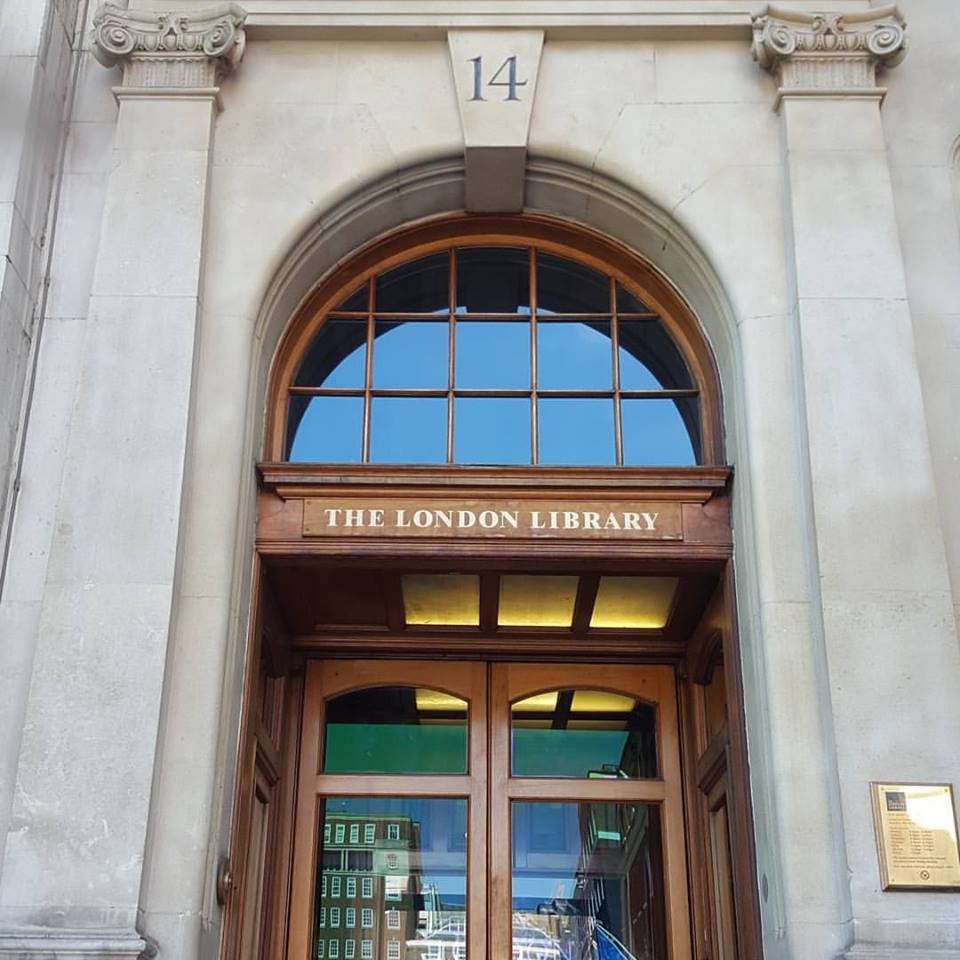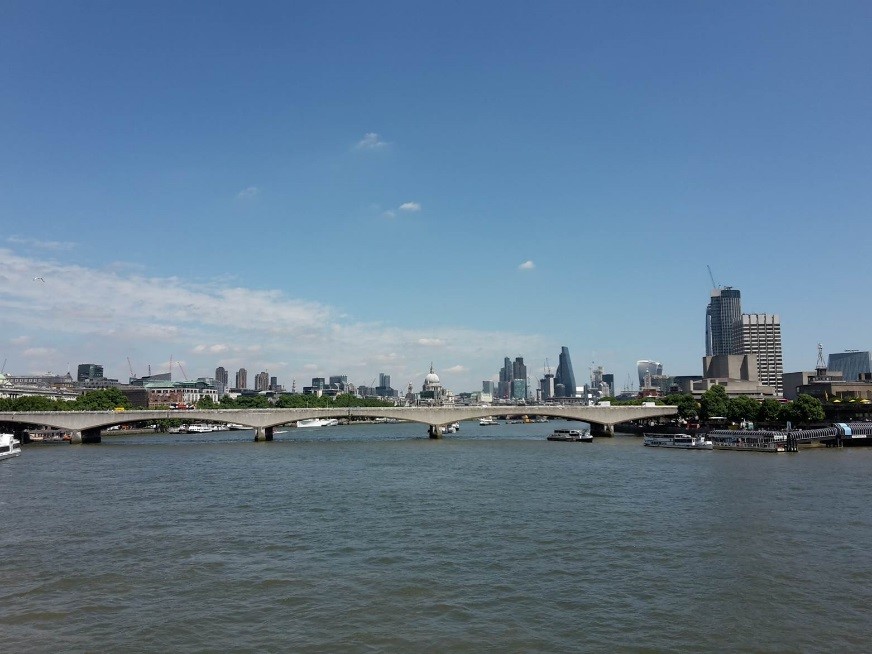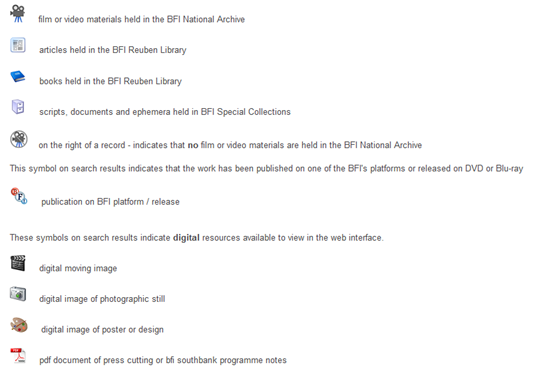A Day in the life
Today is a Thursday and it’s Easter vacation and we only have a few readers in.
This means the librarian and I can tackle projects which we cannot do during term time, such as devising weeding strategies for overcrowded subject sections, addressing inclusivity in our collections, reclassifying, collection stocktakes, special collections research etc.
Hopefully this day in the life offers a glimpse into the variety that comes with being a college trainee, and also what trainees can get up to in vacation time since this is often not mentioned on the blog.
8.25 am
Arrive at Pembroke. I say hello to the porters and pass by the bust of William Herbert, 3rd Earl of Pembroke, who also stands guard in the Bodleian’s quad. Escaping William Herbert, I walk through Old Quad and to the library. I set up base camp for the day in my office which I share with Laura, the college librarian. On Thursdays and Fridays, I say hello to the college archivist who lives next door in the library building. Since, Thursday is today, I say hello to the archivist.

8.30am – My day starts
8.30 – 8:40am
I start by looking at my emails (personal and library inbox) and the shared library and archives outlook calendar. We have a conservator visiting in the afternoon. I answer emails and flag complex emails which require more thought, such as missing book claims or special collections queries.
If today were a Friday, I would gather the temperature and humidity data from the Tiny Tag data loggers that are placed in our rare books room and stack. I would download their data and record them in a folder and then analyse trends in temperature and humidity.
8:40 – 8:55am
I tidy the reservations shelf and download an Aleph recalls report and update circulation. I refill the library’s printer.
8:55-9:30am
Shelving …
Depending on the time of term, I can walk into the library met by mountains of books, so I time manage accordingly.
Today, I am met by only a fair few books. I check in these books on Aleph and place them aside to shelve immediately after.
It is good to get shelving done before the majority of students arrive. Although, it’s important to remember that shelving is a continuous task and to not let it dictate your working day. As I shelve, I am often met by stray books which I re-shelve.
9:30-10:30am
I check the library’s pigeon hole for post and deliveries. Two boxes stare at me. This means one thing – book deliveries, and processing. This can be a lengthy process.
I attempt to open the parcels neatly, I fail. I discard a now tattered cardboard box in the recycling bin. I cross reference these books with our budget spreadsheet. I check to see if any of the book deliveries are requests and will process these books first. This often leads to mysterious cataloguing encounters which are best worked through with coffee. Today, however, I only have a few requested books to process, some for fellows and some for students.
One requested book is about the symbolism of the colour green in art history. As an art history graduate, I am obviously distracted by the book. But, I resist from reading and process promptly and inform the student that it is ready for borrowing. I place the book on our reservations shelf.
I update the budget and file the delivery invoices.
10.30 -11.00am
Planning the afternoon, ahead!
Completing the essential library duties, and because it is vacation time, I now have freedom to plan my day in accordance to my individual trainee project and ongoing projects be this: stocktakes, collections management & development, reclassification, preparing displays etc. Often, I reserve afternoons to do my homework for the Bodleian Cataloguer training.
I often plan to do a little task of my trainee project every few days. This approach also works well with large projects.
11.00-11.40am … John Hall

Planning project work, I suddenly remember seeing a portrait in college of the individual that my trainee project is revolved around. It’s almost as if the portrait haunts me.
I then find the portrait of John Hall on Art UK. Hall’s serious stare reminds me to crack on exploring his collection. I don’t argue, and dutifully contemplate my trainee project.
My trainee project sees me investigate and manage the Right Reverend John Hall’s (Bishop of Bristol and Master of Pembroke, 1664–1710) book collection. The collection has not been looked at in decades, so I am the lucky person to manage and research it!
At the beginning of Hilary Term, I started to ask myself: In our stack, do we have the Hall collection that our card catalogues from the 1970s recall that we have, and do we have what John Hall’s 1709 catalogue records? Also, some of Hall’s book have remnants of a chain which makes me question whether Pembroke once had a chained library. I contemplate these questions. Getting to know Hall is fun, he is an interesting character who paid for the completion of Old Quad and his lodgings, which is now the Samuel Johnson Building. The cobbles on Pembroke Square still show the path from the front door of Hall’s Lodgings to St Aldates church. This path is smoother than the cobbles to
ensure that Hall didn’t trip whilst walking to church.
I evaluate the progress I have made so far, asking how far I have come to solve these questions, whilst examining, with fresh eyes, my excel database that I have made, and what I am to do with this moving forwards.
11.40-11.55am
A fellow comes by the office with their new book. It’s about interpreters in 16th century China and relationships between China and Britain. I then answer emails.
12.00-1.00pm
Lunch in hall! A nice moment to eat with the entire college staff across all departments.
1.00-3.00pm … Special collections! Rare books, Samuel Johnson, French clocks and knife boxes
It’s Easter vacation and the few readers we had in the morning have now trickled out. In this afternoon of quietness, I assist the librarian and archivist with our special collections. Typically afternoons during term would consist of more shelving, book processing and be mostly reader services orientated. However, today is rather different.
I help the librarian with attempting to identify strange glitter-like markings which we find in one of our rare books. Is it recent graffiti, or ink that has changed colour over time? New College Notes 10 (2018), no. 6 helps us to figure out what is at play. It turns out we unexpectedly found traces of ‘pounce’. (I will let you read New College’s brilliant article to discover what pounce is). I later assist Amanda, the archivist, to photograph the conditions of Samuel Johnson’s writing desk, a French late 19th century Louis XV style clock and George III mahogany and tulipwood banded knife boxes. The furniture conservator arrives and I have a nice chat with them about his work. I worked with the Furniture History Society during my master’s, so it’s fun to be able to apply what I learnt during that time.
A highlight of my traineeship has been understanding and exploring what collections work is, and can be.
3:00-3.15pm
I tidy my office and sort out the towering stacks of old journals. They are economics and biology journals, but the odd British history journal catches my eye.
In the spirit of tidying, I then organise a pile of donations. I give them a new home, a.k.a one of my empty shelves. This donation consists of a bunch of Lord of the Rings, and Middle Earth related books. I then draw Gandalf to accompany their new home, next to my desk.

Earlier on in Hilary, I showcased our collection of Tolkien letters to Sophie, the trainee at the EFL. It’s always nice to find yourself working with Tolkien related material.
3.15-3.30pm
This term, I have been handed the reigns of purchasing acquisitions. I order a list of requested books for students and fellows. I update the budget accordingly.
3.30-3.45pm … I set a test for myself – “can I find these objects?”
In moments of peace, which is a world away from the busy Michaelmas term, I sometimes reserve a small moment of the week to have a general explore of the stack.
This may seem an odd thing to do, but I find that practising the ability to locate objects deep down in stacks, not only familiarises myself with Pembroke’s collections (which is handy for enquiries) but it makes me more efficient at collections work. After all, being able to locate objects and information is a skill. Plus, it’s fun!
I scan through the special collection catalogues. I jot down interesting rare books and objects making note of their classification and then head down to the stack to find them. I once found a 19th century judge’s wig.
Today, I locate a collection of military medals, including an OBE awarded to a “college servant”; his medal is paired with “his licence to occupy a College room”. I jot down his name to find in The Gazette (this is where the king’s/queen’s New Year and Birthday honours lists are published) to research at a later date.
3.45-4.35pm
I read the new module of my cataloguing training and take notes. I plan how to approach the practical elements which I will do tomorrow. I find cataloguing rewarding work – making information discoverable and accessible is hugely fulfilling.
4.35-5.00pm
I finish my remaining admin. There are no new books to shelve, so I catch up with my emails. I then do a final sweep of the reading rooms and tidy up. I jot down tasks to do tomorrow.
5.00pm
Home time!









Recent Comments